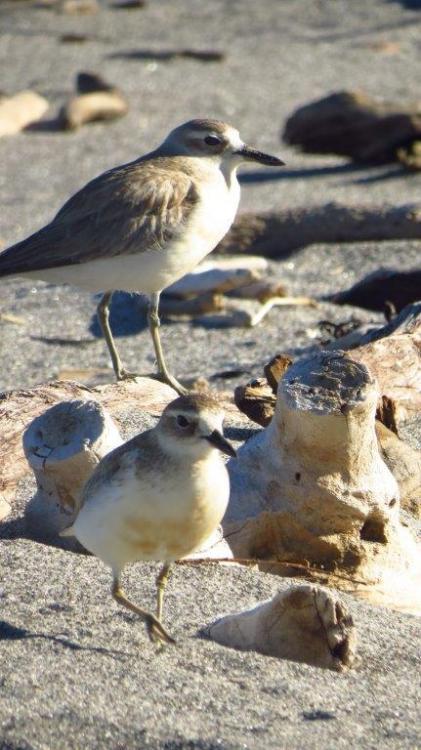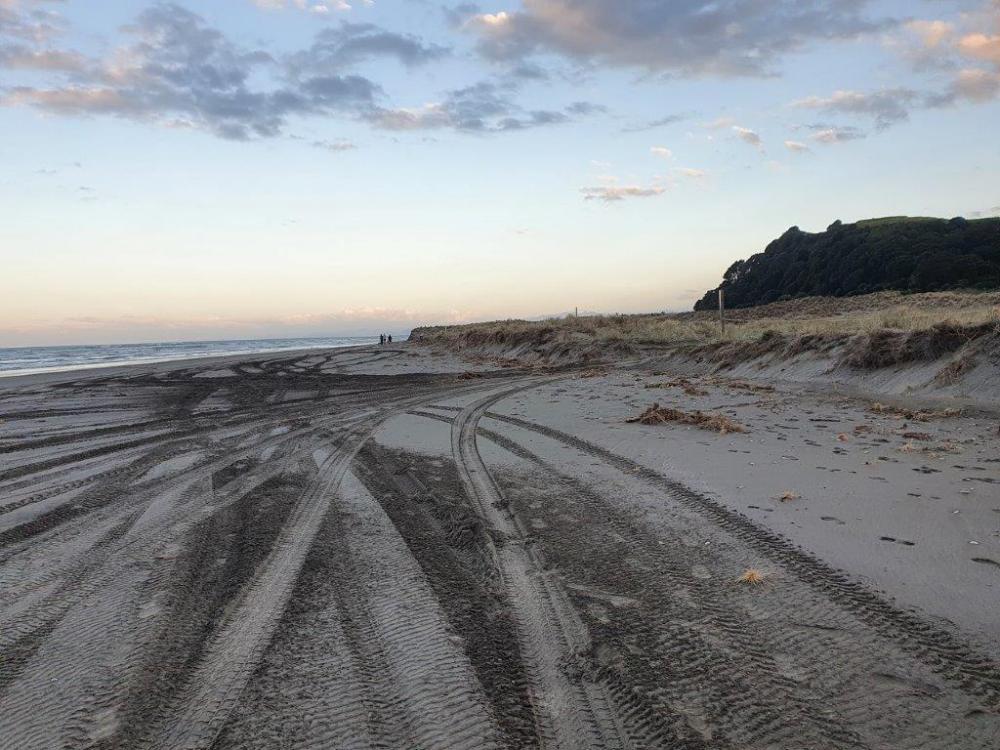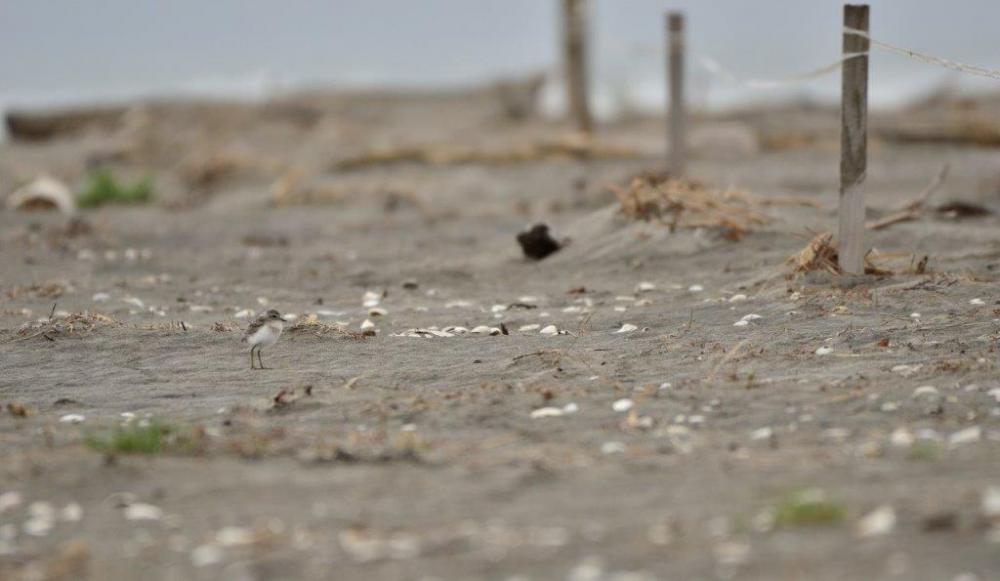Joint media release - Toi Moana Bay of Plenty Regional Council, The Department of Conservation and Ōpōtiki District Council.
Coastal caretakers, central government and local government agencies are all repeating the same message – vehicles on beaches are causing damage along coastal areas in Ōpōtiki.
In April this year, Toi Moana Bay of Plenty Regional Council, the Department of Conservation, Upokorehe kaitiaki and a representative from an Ōhiwa volunteer group presented to Ōpōtiki District Council, asking for stricter enforcement and clearer rules for locals about vehicles on dunes and surrounding areas.
Department of Conservation Biodiversity Ranger Mithuna Sothieson said the impacts of vehicles on beaches can have direct and indirect impacts on native flora and fauna.
“Earlier this year, we shared results showing that our tūturiwhatu (dotterel) breeding programme had been successful at Ōhiwa for the first time in years over 2020/21 following the implementation of the ODC vehicle bylaw. But in 2021-22 with more vehicles on beaches, no enforcement, and the CCTV taken down, no chicks survived during the last breeding season,” Ms Sothieson said. “Vehicles have the potential to run over highly camouflaged eggs and chicks. They can also cause indirect harm through repeated disturbance to nesting adults and chicks. This can result in thermal stress of eggs and chicks left abandoned by parents defending the area, and possible starvation of chicks through reduced time spent undertaking natural behaviours such as feeding. It’s heart-breaking for us and the many iwi groups and volunteers involved in looking after our coastal areas and threatened wildlife.
“And it’s not just our bird life. Tuatua spat and other juvenile shellfish washed up from wave action are the founders for our adult shellfish that are not only collected as kaimoana but are the food source for other marine species. Amphipods or sandhoppers found below sand and under debris found on the beach are an important food source for shorebirds like NZ dotterels. Constant vehicle traffic has the potential to impact the natural processes that occur within this fragile ecosystem,” Ms Sothieson said.
Stacey Faire, a Senior Coastal Planner at Toi Moana Bay of Plenty Regional Council said that organisations like the Regional Council and the district council work hard to balance the protection of fragile coastal areas with safe public access for everyone.
“It’s about striking the right balance by working alongside our district councils, the Department of Conservation and coastal communities to identify local solutions to these sorts of issues, while understanding what works for all beach goers. We are committed to visiting local communities, hosting community meetings, sharing educational opportunities and having open conversations so that people understand what we are trying to achieve,” she said.
Ōpōtiki District Council’s Planning and Regulatory General Manager Gerard McCormack explained that while plants are tough, they cannot withstand wide flotation tyres of quad bikes, which crush and destroy plants, even with a single pass.
“Once the dune plants are destroyed, the dunes are exposed to wind and wave movement causing ‘blow outs’ that leave the dunes unprotected. Beach erosion also increases the risk to houses near the beach and the potential for future houses to be exposed.
“Dangerous driving impacts other beach activities like sunbathing or children playing in the sand. Vehicle users on the beach must treat beachgoers like pedestrians on normal roads.
“Beach bylaws are more complicated than writing out a parking ticket – we rely on public reports of vehicles (Antenno is a great way to do this) and the willingness of vehicles owners to listen and take care so that we don’t need to bring a prosecution.
“Councils around the country are grappling with this issue and Ōpōtiki is no exception. We know that there is a tension in the community, especially where there are areas where locals and visitors have long accessed those beach areas. We are planning some community meetings to provide some extra information, and details on the rules and where and when vehicles are permitted.
“Together we can help keep beachgoers safe, protect our environment and our homes, so we can all enjoy our coastlines for years to come. We’re all responsible for ensuring this happens,” Mr McCormack said.
Find out more about the rules around vehicles on beaches at www.boprc.govt.nz/vehicles-on-beaches
More detail on the community meetings will be available soon.




